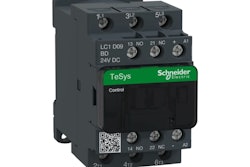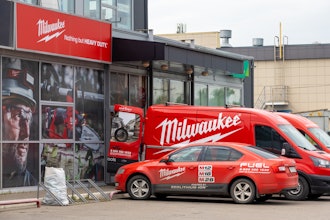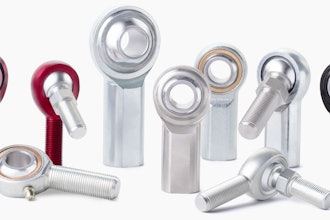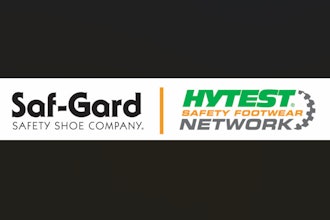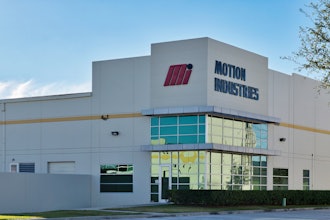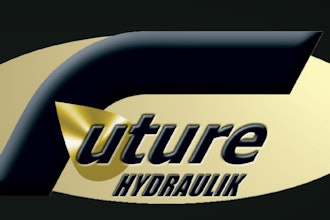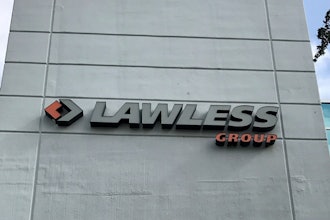
In the world of manufacturing, it’s crucial to use every available tool to gain a competitive edge. For most manufacturers, their in-house sales team is one of the most invaluable resources of all. But of course, not all sales teams are created equal. The ones that truly perform at a high level tend to be those that have invested most heavily in sales enablement.
What is sales enablement, exactly? Simply put, sales enablement is the process by which business organizations equip their sales personnel to close more deals, furnishing them with all the necessary tools, training, and content they need to more effectively reach customers.
Sales enablement can be especially meaningful for manufacturers, where the traditional divide between sales and marketing is woefully inadequate. Simply put, the average manufacturing company has a lengthier sales cycle and a more complex product portfolio, requiring more buyer education. This places a major burden on sales personnel, but the marketing department can assist them via deft sales enablement.
The Impact of Sales Enablement on the Sales Cycle
One of the ways in which sales enablement benefits manufacturers is that it can take that lengthier sales cycle and shrink it down.
Through a dedicated sales enablement effort, manufacturers can provide their reps with personalized content and tools that directly speak to customer pain points, helping those customers get to “yes” more expediently.
Creating shorter sales cycles helps sales representatives allocate time and resources more effectively, generating a higher level of ROI.
Aligning Sales and Marketing for Greater Success
For sales enablement to be truly effective, it’s crucial for both the sales and marketing departments to be working together in tandem. This means aligning around shared business objectives, and it also means having a mutual understanding that many of the resources the marketing team develops are designed to offer direct sales support.
Marketing and sales teams should not only have the same set of goals in mind but also agree on the most important metrics, regularly reviewing sales data to ensure their efforts are working seamlessly.
The bottom line: Well-coordinated marketing efforts provide sales teams with valuable data, insights, and content tailored to target prospects, all of which helps to boost conversion rates.
Tools and Technology for Manufacturing Sales Enablement
When it comes to effective sales enablement, there are a number of tools that can prove mission critical. Some of the foremost examples include:
- CRM systems, which allow both sales and marketing to monitor the various touchpoints with which customers engage the brand.
- Product information management (PIM) systems, which can be valuable for managing details about product value propositions, technical specs, and benefits.
- Content management solutions, which can be helpful for ensuring the prompt delivery of up-to-date and accurate content.
One more thing: There’s a significant role for artificial intelligence (AI) in sales enablement. Integrating AI tools can assist with the development of personalized content, tailored to target customers. AI can also yield the kinds of customer insights needed to ensure content is precisely honed.
Leveraging Content as a Key Sales Enablement Asset
One of the most essential components of sales enablement is having a wide range of content, including types of content made to address different stages of the consumer journey. Consider a few examples:
- Product specs. Having technical outlines can be important for reaching customers who need to ensure a product meets certain specifications, whether for functional or regulatory reasons.
- Case studies. For consumers who are researching products and need some reassurance that the product in question can address specific pain points. For more technical or complicated products, case studies are vital.
- Blogs and white papers. One of the best ways for manufacturers to attract leads is by demonstrating their thought leadership, a great way to raise brand awareness and instill trust early in the consumer journey.
- ROI calculators. Will your products actually help buyers achieve the kind of value they desire? One way to provide them with reassurance is by making ROI calculators available, not just to end consumers but to the sales reps who are interfacing with those consumers.
- Webinars and product demonstrations. Video and in-person demonstration can be useful for demystifying products that are more complex in nature.
These are just a few content types that can be useful in sales enablement. Remember too that the marketing team can create tailored content that addresses the concerns of engineers, procurement teams, and other key stakeholders in the buying process; there’s little to be gained from a “one size fits all” content approach.
Measuring the Success of Your Sales Enablement Strategy
One more aspect of sales enablement that needs to be emphasized is tracking and measurement. Manufacturers can monitor their results by keeping an eye on core metrics like sales velocity, content engagement, and win rate.
Not only do data and analytics provide manufacturers with a sense of their progress, but they can also offer opportunities to revise and refine sales enablement efforts in real-time, recalibrating content messaging or delivery channels.
Sales enablement is necessary for manufacturers looking to achieve a market advantage.
To take the first step toward a robust sales enablement strategy, contact Clarity Digital Agency today. Schedule a consultation for an audit of your sales enablement and manufacturing marketing strategies, and to reveal new strategies for boosting conversions and fostering business growth.





